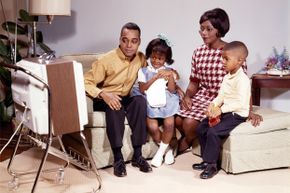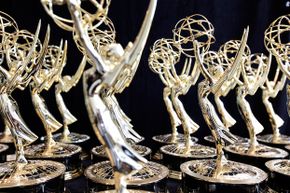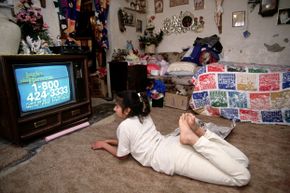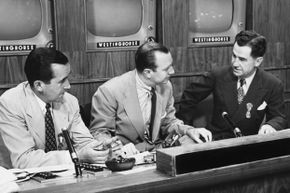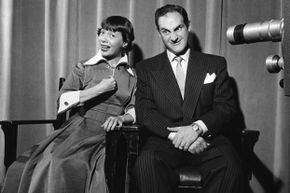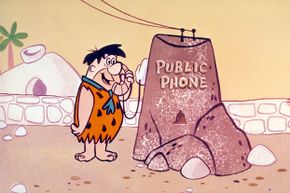You sit placidly in front of your 50-inch HD screen, clicking on whatever TV show strikes your fancy. It wasn't always like this. Television has gone through tremendous transformations during its relatively short lifespan. The medium started off small: in 1948, only 0.4 percent of homes in the U.S. had TVs. But radio listeners began to switch on televisions, and, in seven years, TV ownership had increased to 55 percent [source: Johnson]. By 2014, televisions had expanded to 116 million households [source: Nielsen]. And remember when there wasn't even color? (No, you probably don't.)
Those changes only cover screens, tubes and boxes. Techniques, equipment, financing, writing, monitoring and producing have come a long way since the early days. If you continue reading, you'll see: TV today is not your father's television.
Advertisement
